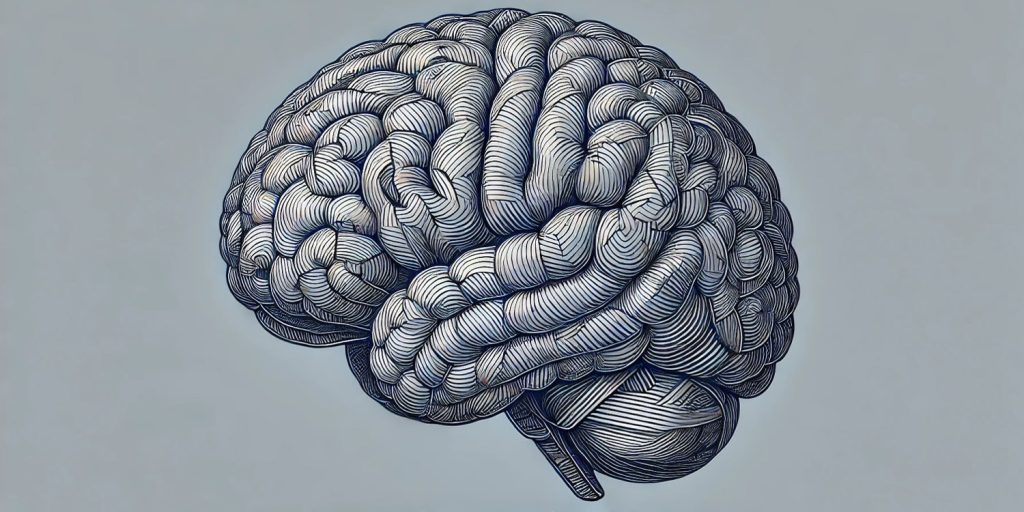According to a recently published study, Experimental and Clinical Psychopharmacology A surprising link has been found between adolescent alcohol use and brain structure. The researchers found that larger hippocampal volume was associated with adolescent alcohol use, but no such association was found for tobacco or cannabis use. The study adds a new dimension to our understanding of how different substance use patterns affect the adolescent brain.
Drug use among adolescents is a significant public health issue because it can have long-term effects on both physical and mental health. Adolescence is a period of rapid brain development, making adolescents particularly vulnerable to the potential negative effects of drug use.
Previous studies have linked adolescent drug use to cognitive impairments, such as memory problems and impulsivity, that can persist into adulthood. Nevertheless, much of the existing neuroimaging research has focused on heavy drug use, and gaps remain in our understanding of how more general recreational-level use affects the brain.
This study aimed to fill this gap by examining the relationship between adolescent alcohol, tobacco, and cannabis use trajectories and brain gray matter volumes in young adults. This study’s focus on long-term patterns of use rather than a binary approach of heavy use vs. non-use is novel and provides insight into how different levels of substance use affect brain development.
Gray matter is a key component of the central nervous system and is primarily composed of neuronal cell bodies, dendrites, and unmyelinated axons. Gray matter is essential for information processing in the brain and spinal cord, enabling functions such as muscle control, sensory perception, memory, emotions, and decision-making. Gray matter forms the outer layer of the brain known as the cerebral cortex and is also present in various subcortical structures, where it contributes to the brain’s ability to interpret and respond to various stimuli.
Researchers recruited 1,594 participants from the Birmingham, Alabama, area as part of the Healthy Passages Study, a longitudinal study of adolescent health. Participants were first recruited from fifth-grade classes and followed up at ages 11, 13, 16, and 19. At each time point, participants reported on their alcohol, tobacco, and marijuana use, and a subset of 350 participants underwent magnetic resonance imaging (MRI) measurements of their brain structure at approximately age 20.
In this study, we used latent growth curve models (LGCM) to analyze trajectories of substance use over time and estimate the level of initiation of use at age 14, the linear progression of use, and the acceleration or deceleration of use. These trajectories were then used to predict brain grey matter volumes in various regions, including the hippocampus, amygdala, and nucleus accumbens.
The researchers found that cortical gray matter volume was not associated with trajectories of alcohol, tobacco, or cannabis use, but there was a significant relationship between subcortical gray matter volume and alcohol use trajectories.
Higher alcohol intake at age 14 was associated with larger hippocampal volumes on both sides of the brain. The intercept for alcohol intake, which represents the level of use at age 14, was positively correlated with hippocampal volume, indicating that early onset of alcohol use may be associated with larger hippocampal volumes in young adulthood.
No association was observed between tobacco or cannabis use and the volume of cortical or subcortical gray matter regions.
These findings call into question some of the existing concepts about adolescent drug use and brain development. While many studies have reported that heavy alcohol consumption is associated with reduced grey matter volume in various regions of the brain, this study found that even typical recreational alcohol use in adolescents was associated with increased hippocampal volume.
The hippocampus plays an important role in memory formation and emotion regulation, and changes in its structure may be involved in some of the cognitive and emotional effects associated with alcohol consumption. The finding that early alcohol use is associated with increased hippocampal volume suggests that different patterns of alcohol consumption may affect brain development in different ways. This may mean that light or recreational use interferes with the natural pruning process of synapses, preserving connections that would otherwise be pruned.
Furthermore, the lack of significant findings for tobacco and cannabis use suggests that these substances may have less of an effect on brain structure than alcohol, or that patterns of use in the study population were not sufficient to detect changes.
The results highlight the importance of considering different patterns of substance use and their specific effects on brain development. Future studies should further explore these relationships, especially in larger samples and more diverse populations. Longitudinal neuroimaging studies that track substance use-related brain changes over time will be essential to understand the causal pathways involved.
“These results suggest that, given their relationship with brain structure, specific alcohol use trajectories (i.e., early initiation) may be the most important pattern to address through population-level prevention and intervention programs,” the researchers concluded.
“Previous neuroimaging studies have mainly focused on heavy alcohol consumption, so our findings provide new insights into the neural impacts of recreational alcohol consumption in adolescents. Our findings may therefore inform prevention efforts by shedding light on the trajectories of alcohol use that are most likely to be associated with changes in brain structure. This new knowledge may help to promote the efficient use of resources and target the most harmful substance use patterns at the population level.”
the study, “Hippocampal gray matter volume in young adults is altered by alcohol intake during adolescence” was written by Julian B. Purcell, Nathaniel G. Hartnett, Sylvie Mourgue, Mark N. Elliott, Susan Tortorello Emery, Mark A. Schuster, and David C. Knight.


